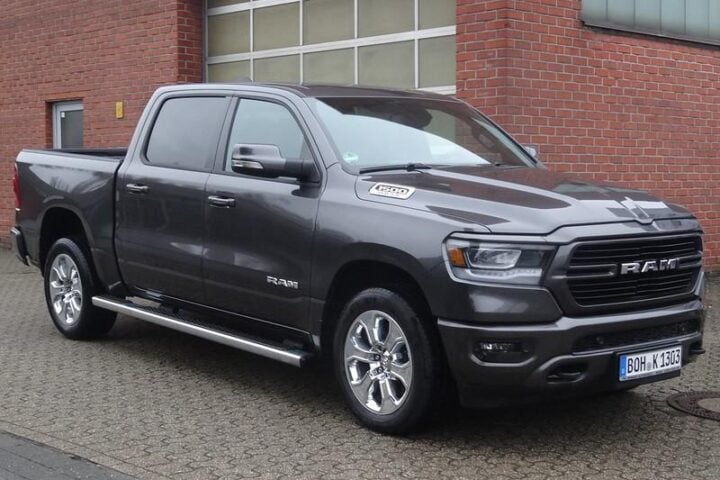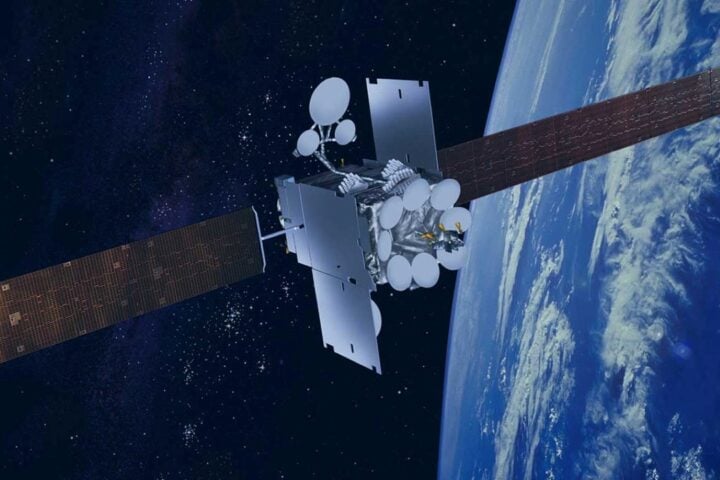NASA has resumed the Psyche mission, which is set to launch this year, aiming to explore the science and mining potential of the 16 Psyche asteroid. Psyche, a 140-mile diameter, metal-rich asteroid orbiting between Mars and Jupiter, could be the remnant of a shattered planet’s core. NASA plans to study it using instruments such as multispectral cameras and Gamma Ray and neutron spectrometers, communicating with Earth via a high-gain antenna.
If it contains a magnetic field, it could offer insight into Earth’s core. The asteroid’s metal content could be worth up to $10,000 quadrillion, including gold and platinum, although mining is not the mission’s focus. It will take about four years for NASA‘s Psyche spacecraft to slingshot around Mars for a gravity assist to orbit the asteroid at a distance of about 700 km.
Psyche is the largest M class asteroid, thought to be the remnants of iron-rich cores of proto-planets. If it proves to be part of a core, it would be from the first generation of iron-cored planets in the solar system. The asteroid’s thermal radiation suggests it is composed of at least 20% metal. While space mining may seem far-fetched, several start-ups have made asteroid mining plans, and AstroForge, an asteroid mining company, has a test launch planned.
Psyche’s metal content, worth 10 quintillion dollars, was estimated by Psyche’s principal investigator, Lindy Elkins-Tanton, a planetary scientist at Arizona State University, based on metal prices, including nickel, a few years ago. However, the estimate is fallacious and only serves as an amusing case study in supply and demand extremes.
- Historic Grand Canyon Lodge Destroyed by Lightning-Sparked Wildfire, North Rim Closed Until 2026
- NYC Flash Floods: Second-Highest Hourly Rainfall Since 1943 Turns Subways Into Waterways (85 characters)
- 42% of Teens Show Blood Sugar Problems as Study Links Diabetes to Bone Damage During Critical Growth Years
- Train Halts 2 Hours for Elephant Birth: India’s Strategy to Prevent 186 More Railway Elephant Deaths
- Deer Creek Fire Creates Rare Pyrovortex: 8,925 Acres Burned, 0% Containment, 5 Homes Destroyed Near Utah-Colorado Border


















